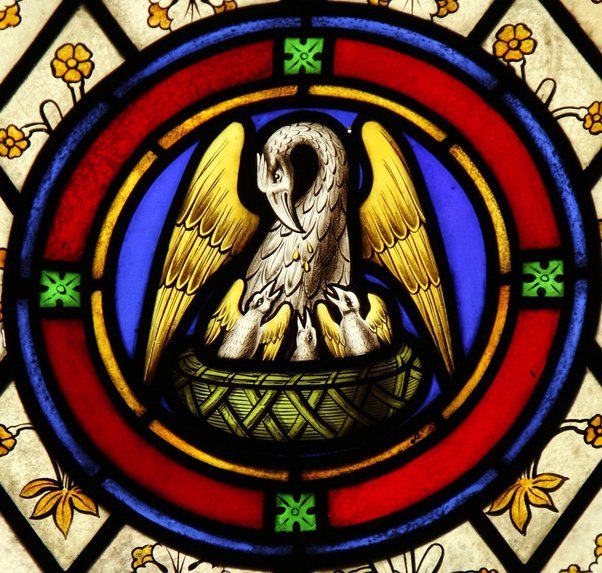I love finding new artists on Instagram!
Not only is it fun to see how other people portray the world and daily life, I love getting to see the process of art being created. Closely related to this love of seeing art created, is my love of timelapse videos 😁
For those of you who are wondering if I’m making up words, a timelapse is an extremely sped-up video… think, watching a video in fast forward! The people zoom around and work way faster than any human ever physically could and the work at hand goes from start to finish in about thirty seconds.
Prepping and painting a bedroom? Boom, done in 30 seconds.
Cleaning up a cluttered and overrun laundry room? Boom! Done in 30 seconds.
Restoring and re-finishing old furniture found in the dump? Boom. Done. 30 seconds.
Watching an artist paint a picture, through timelapse, is pretty unreal. By unreal, I mean fascinating and super cool! But for anyone who’s ever painted a picture, they know that unreal also means, literally impossible.
It takes time to mix and blend and layer the paints. It takes even more time to let those layers dry before adding in other dimensions of the artwork!
In the same way that works of art take shape and come together slowly over time, the ways that we symbolize and represent certain things can change over time as well.
For example, did you know that a popular symbol for Jesus is a pelican?!
Probably not so much anymore, but long before Christianity as we know it existed, pelicans were being used to symbolize the sacrificial love of Christ!
“It comes from an old legend about pelicans that predates Christianity. It was believed that during times of famine, a mother pelican stings her own breast with her beak and feeds her chicks with her own blood. Sacrifice was always viewed as the epitome of motherly love, and the story of the pelican embodies this idea.
Christians associated Jesus Christ with the mother pelican figure because of the central importance his sacrifice occupies in Christianity. Jesus’ death is believed to have been voluntary, just like the mother pelican’s sacrifice; the image of blood pouring from Jesus’ chest recalls the blood from the pelican’s torso; and the chicks who are saved by drinking this blood can be seen as a metaphor for Christians who get reborn into a new life by drinking Jesus’ blood during the Eucharist.”
Trying to tell a professional artist that we know how to paint pictures because of some videos we found on social media would be pretty disrespectful. Maybe we’ve learned a whole lot about painting, but we certainly haven’t dedicated our life’s work to mastering the art of watercolours.
Attempting to describe who God is in one or two simple sentences or trying to depict the complexities of God’s creation with only one set of symbols, would be silly!
At the very end of John, we find one of my favourite verses:
“Jesus did many other things as well. If every one of them were written down, I suppose that even the whole world would not have room for the books that would be written.” (John 21:25)
Jesus is still doing more things than we could imagine and as his followers, we get to partner with him in that work. Each of those partnerships with Christ is beautiful… whether they move at a pace that is slow and articulate or timelapse-fast! In popular outlets like carved wooden crosses or ancient, pelican mama stained glass windows.
May we be people who are watchful to find new and creative ways to understand God more.
May we be open to hearing and seeing the perspectives of those around us and being open to learning other expressions of love and admiration for God!

